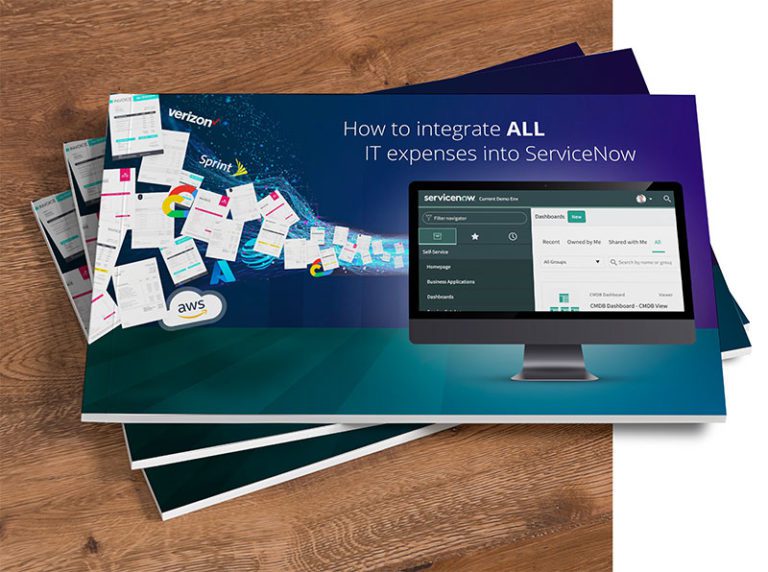Introduction to call accounting:
Call accounting is a telecommunications hardware or software application that can capture, record, and tally telephone usages within a company or organization. It detects both outbound and inbound calls, call routings, call rings, abandoned calls, and other telephone activities. This is an important tool for helping management keep track of data, but it also helps hold employees accountable.
Top 6 benefits of call accounting:
- Call accounting is often utilized for packaging, pricing, billing, and posting of telephone services for purposes of revenue generation of cost assignment. In a corporate entity, the purpose of a call accounting system is to do cost allocations within the business. It is used to distribute costs back to departments and individuals who made or received the calls. The system is also used to provide data to corporate accounting and the human resources department. It shows which department is calling what individuals, how long the calls lasted, and how often they occur. This data can be beneficial to management when they are making decisions regarding future resource distributions.
- Call accounting software can be used to reconcile billing reports from multiple telecom carriers by integrating the various invoices, billing for wireless services, long-distance telephone charges, and calling cards into a single document. This allows the business to use an expense software to generate management and analytic reports, alerts, and business presentation. Consider the amount of time your business would save by having a software application compile all of this information instead of several different people.
- It creates a detailed picture of the activities and calling patterns of employees. Sometimes employees can get sidetracked by social media or preoccupied with personal phone calls. Call accounting can prevent a decline in productivity by deterring employees from making non-business calls. Sometimes just knowing that there is a monitoring system installed is enough to keep employees focused on work-related tasks. It can also be used to evaluate the productivity of the revenue-generating staff, manage the responsiveness of the customer service team, and evaluate sales processes.
- If employees work remotely, call accounting is a valuable asset to make sure that the work is being done away from the office. It records incoming and outgoing calls, so you, as the employer, can make sure that those important calls are actually being made on time.
- Businesses can use call accounting systems to check on the efficiency of their data and voice networks and find out if the networks are being used at the highest efficiency possible. It also monitors the activity of the network, including the bandwidth. It can identify the over-used and under-used departments for purposes of optimizing the configuration. It allows the company to pinpoint the causes of circuit outages, identify abandoned calls, and make a report on usage trends and statistics.
- Call accounting systems allow businesses to allocate telecom resources efficiently. They keep track of a lot of different variables so that other resources can be allocated elsewhere. Call accounting software helps manage productivity and efficiency, all while keeping people and departments accountable for their work.
Part of a bigger picture
Call accounting is just one vital piece of the larger technology expense management landscape. Most organizations deploy dozens of mobile, cloud, and fixed systems to keep the lights on and keep revenue coming in the doors. But that leads to a lot of different systems all creating a storing different sets of data. Then IT has to do some heroic work pulling all the data together and combining it in spreadsheets so they can answer the CFO when asked what department or project is costing the most.
For many organizations, this means deploying a TEM in addition to call accounting, an ITSM, and other IT services and solutions to try and manage their technology. As a part of larger technology management, a TEM imports and optimizes IT invoices, saving companies spend across mobile, fixed, and cloud. But each of those IT categories have their own challenges and complexities. This often leads to organizations using different platforms to process each IT category (mobile, telecom / fixed, and cloud).
The challenge is, how do you actually see all of your IT spend in one place?
brightfin brings IT invoice data into the leading IT services platform, ServiceNow, to provide organizations with the critical insight they need to make strategic IT decisions. By parining invoice data with IT assets and locations, organizations can know exactly where spend is going by department or initiative. It’s all about creating a detailed picture of the organizations data.





